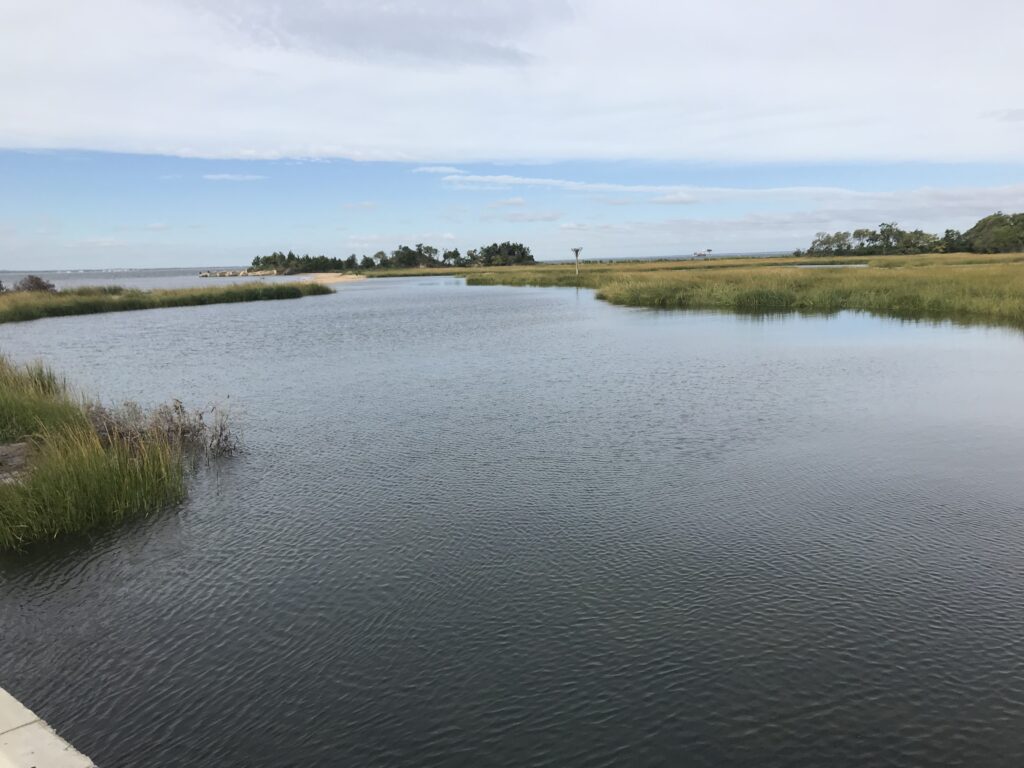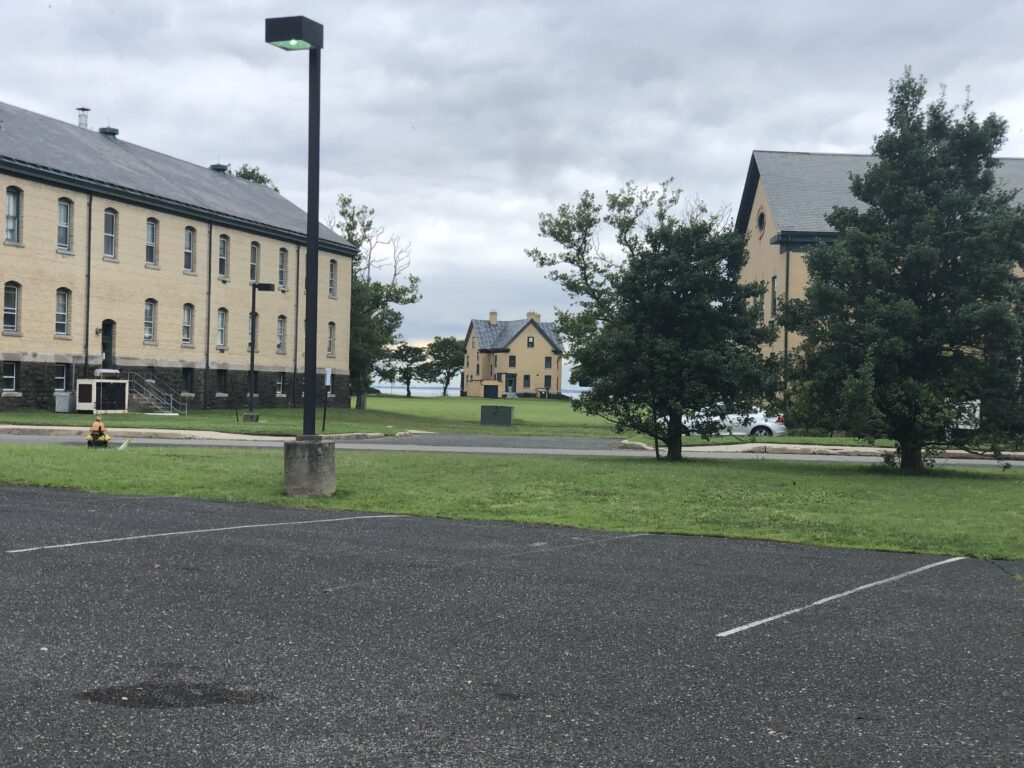
The location of my place that I will be diving into today is Sandy Hook, New Jersey. This location is a barrier/sand spit located in Monmouth County which is connected to Sea Bright by land and Atlantic Highlands by bridge. It is a unit of the Gateway National Recreational Area and is managed by the National Park Service since 1975 (Visit NJ 2019). My high school was located about five miles onto the barrier spit close to the lighthouse (the oldest operating lighthouse in the US). On one side is Sandy Hook Bay and on the other side is the Atlantic Ocean. For the four years of my high school, Sandy Hook was a secondary home of adventure and curiosity. The unique culmination of American history, military history, and maritime aspects has amazed and fascinated me. Perhaps the most intriguing aspect of Sandy Hook have been the organisms that inhabit the vast ocean and bay.
Sandy Hook is ecologically rich. Located in the over six mile long area are salt marshes, wetlands, and holly forests. All of these different ecosystems add beauty and importance to the location. The wetlands and salt marshes act as nurseries for vertebrates and invertebrates. The holly forests host a diversity of vegetation, including the American Holly trees that the forests are named after, and animals that inhabit the area. The area is also rich in bird species. The two most notable species frequently spotted on Sandy Hook are piping plovers and ospreys. Efforts are in place to keep populations stable for both species. Nesting sites of ospreys are noted, protected, and the chicks are often banded by the National Park Service. Piping plover nesting sites on the beach are blocked off by tape and there are severe fines for trespassing on their nesting locations.

Sandy Hook is also historically rich. The area was originally owned by the U.S. Army and was known as Fort Hancock. The area surrounding where my high school was located was known as Historic Fort Hancock. This area includes “Officers Row”, the buildings where officers would have stayed when the fort was still functioning. It was originally in use during World War I and stayed in use through the Cold War, though the main times of use of the officer barracks would have been during the first and second World Wars. Most of the buildings are out of repair and could use upkeep, however the park does not have the funds, currently, to stabilize all of the buildings. Some of the buildings have been renovated and are able to be rented out and one is maintained as the History House. The History House is furnished to appear similar as it would have during the first World War. The interesting part of the “Officers Row” is that they are all facing the water instead of Pershing Field, which would have been where marching occurred.

Sandy Hook has always had special emotional value to me. I have always felt a sense of peace at Sandy Hook. Sandy Hook was the place where I found my fascination for natural ecosystems and for the diversity of life that can live in various environments. The history further instills in me a feeling that the place is a special, important place to remember. The abundance of nature stands at a stark contrast to the suburbia which is so close to it, and to the urban area of New York City across the bay.
Citation:
Visit NJ. (2019). Sandy Hook. Retrieved from https://www.visitnj.org/city/sandy-hook.
